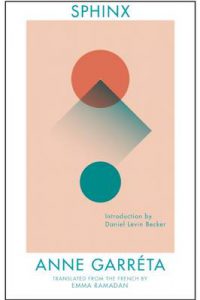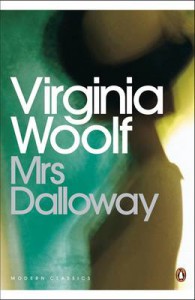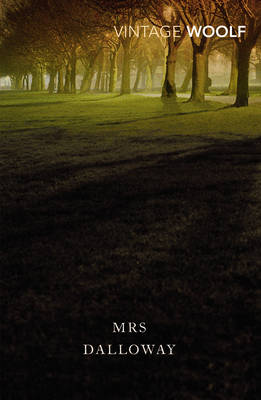 When I put together my Classics Club list, I included a few recent translations of books which had appeared in their original languages over 25 years ago. It stretches my timescale guidelines a little bit (or feels as though it does), but it was a way of catching some particular books that I wanted to read.
When I put together my Classics Club list, I included a few recent translations of books which had appeared in their original languages over 25 years ago. It stretches my timescale guidelines a little bit (or feels as though it does), but it was a way of catching some particular books that I wanted to read.
Published in French in 1986, Sphinx was Anne Garréta’s first novel; Emma Ramadan’s English translation was released by Deep Vellum in 2015. Garréta is a member of the Oulipo (the French literary group that explores writing under particular restrictions); though Sphinx predates her joining, the book still has its own stylistic constraint. It would be nice to keep that a secret here, because you’d get a different experience if you read Sphinx without knowing the stricture. However, I can’t talk about my own reading experience without revealing it; so that’s what I’m going to do.
Sphinx is a love story between two characters: the nameless narrator, a theology student who abruptly becomes the DJ at a Paris club when the previous one is found dead mid-shift; and a dancer known only as A***, with whom the narrator grows infatuated. What’s notable is that neither character’s gender is identified over teh course of the novel.
It felt a little strange to read Sphinx knowing this, because in English at least, you might hardly notice (I would assume it’s more obvious in French; if anyone has read the original, I’d be interested to know). In her afterword, Ramadan talks about some of the implications that Garréta’s techniques had for the translation: for example, the narrative voice can tend towards pomposity, because that enabled Garréta to use a more formal version of the past tense, one that doesn’t require gender agreement. The narrator’s personality trait persists in English, though it’s not doing the same job of disguising gender.
I’m trying to avoid using pronouns in this post to refer the main characters, because to me the point about Sphinx is not that A*** and the narrator have particular gender identities which happen to remain unrevealed, but that they have no gender identity at all within the novel. I tried to read Sphinx in that way, and found that it’s difficult: when there’s a gap like that in my knowledge of a character’s identity, an assumption is only too ready to fill it – which is, of course, part of what Garréta’s novel is challenging.
One of Garréta’s other techniques in French was to have her narrator describe features and characteristics of A***, rather than describing A*** directly – because then the pronoun agrees with the gender of the feature, not that of the person whose feature it is. This leads to an intense focus on surfaces:
In a sudden rush of vertigo, I was tantalized by the idea of contact with A***’s skin. I wanted to dismiss, destroy all those who were thronging around A***. keeping this presence from me. I wanted to wrest A*** from their company, from the intrusive glances clinging to us there, and hide us both away. With an unknowingly crazed look, I was always watching this irresistible body. But my gaze was narrowing and stiffening under the tension of carnal desire. That night, A*** was wearing a black silk shirt and white pleated leather pants that showed off a firm behind. A***’s hair, shaved not long ago for the show, was beginning to grow back, materializing as a light shadow.
A*** seems to be less a person to the narrator than a body, a collection of attributes. This pays off to brilliant effect as the novel goes on (and that’s where I’m not going to elaborate). But, when it comes down to it, the narrator is also just a voice on the page; and both characters scatter apart before our eyes.
Elsewhere
- Read more reviews of Sphinx at BookSexy Review; roughghosts; Tony’s Reading List; Words without Borders.
- Tony’s post leads me to Emma Ramadan’s essay in Five Dials (see page 36) on translating the book, and an excerpt from Sphinx in Electric Literature. There’s also another excerpt up at 3:AM.
Book details (Foyles affiliate link)
Sphinx (1986) by Anne Garréta, tr. Emma Ramadan (2015), Deep Vellum paperback


Recent Comments